9 Areas in Your Lab That Can Benefit From Color Labels
The use of color identification in the laboratory can be a powerful tool in conveying information quickly and reducing errors. Color helps to create a visual language that employees are able to process before they are even aware of it. That’s because color, when used as part of a repetitive, standardized system, becomes a part of your automatic, intuitive response.
When paired with reliable labels from Brady, you get the best of both worlds — versatile color identification that remains legible even after withstanding harsh lab conditions such as extreme temperatures and chemicals.
Switching to color printing and labels can even make you more efficient; effective labeling has been found to reduce sample prep time by 80%. Color identification also helps to reinforce employee training and guide workers to complete their tasks more quickly.
Brady offers laboratory labels that withstand harsh lab conditions while maintaining color integrity. Check out our material guide to learn more. Download Material Guide
With 60% of scientists reporting having experienced some form of label failure, it’s important you have the right tools to prevent costly errors. Here are some additional ways color identification can benefit your organization:
- Differentiate samples — Samples differentiated by color identification can make it easier to find what you’re looking for, allowing you to move through your work faster.
- Reduce errors — Color identification provides context that can help reduce errors. It has also been found to play a significant role in enhancing a person’s memory performance.
- Emphasize information — Color helps to emphasize or de-emphasize areas or objects within the workplace, which can make it easier for employees to process multiple objects within their view at one time.
- Show associations — Consistent use of color can quickly show the relationship among items.
- Communicate important messages — When a standardized color code is in place, colors can effectively communicate important information quickly.
Examples of color lab identification
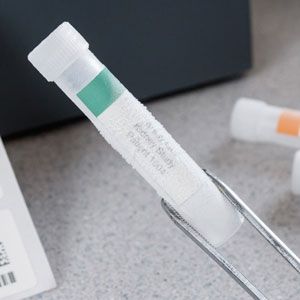
Cryo tubes

Eppendorf Tubes
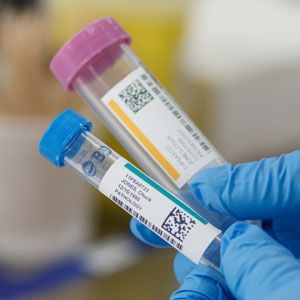
Conicals
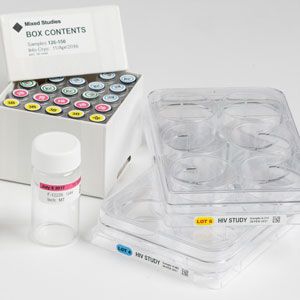
Boxes and Plates
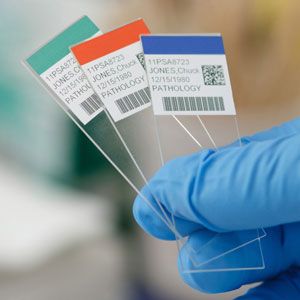
Slide / Chemical Exposure
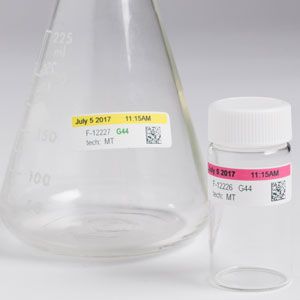
Lab Glassware

GHS Labels

Lab Instructions and Housekeeping

